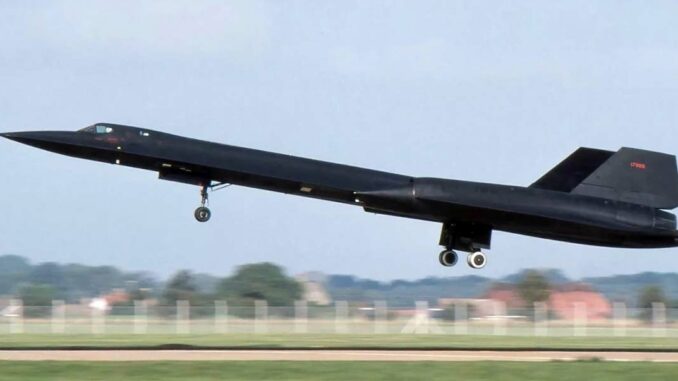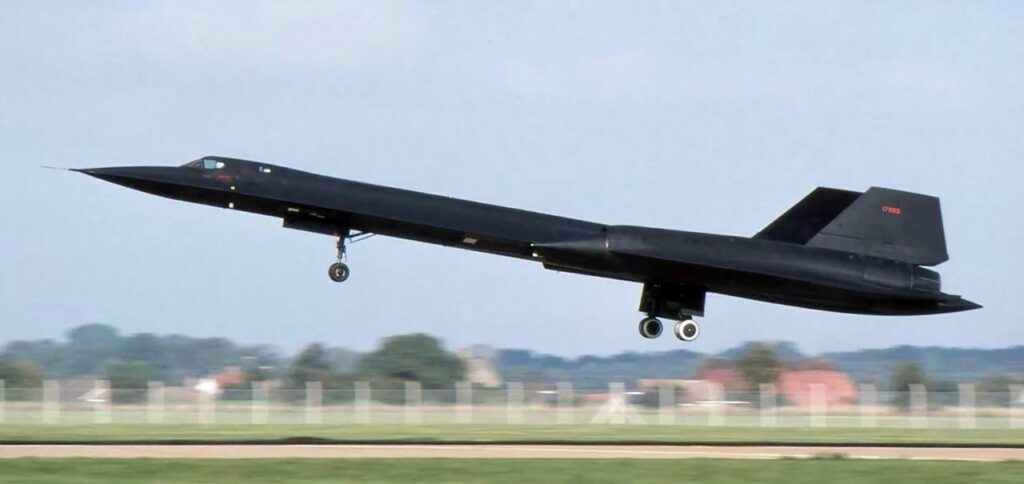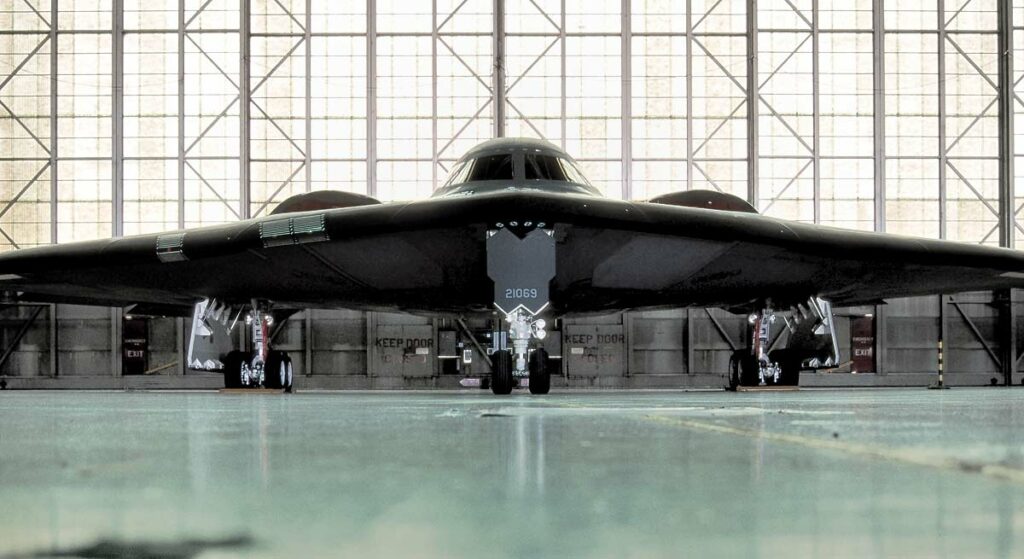
Long-endurance flight training is an essential step in the preparation of fighter pilots. This article explores why this training is crucial, highlighting the skills acquired by pilots, the challenges faced and the benefits for national security.
Fighter pilot training is one of the most demanding and crucial tasks in military aviation. Among the many skills that future pilots need to acquire, long-endurance flight training occupies a prominent place. This training, which involves flying for long hours in demanding conditions, is essential to prepare pilots for the complex and varied missions they will face. In this article, we explore why long-endurance flight training is so important for fighter pilots.

Skills acquired during long-endurance flight training
Long-endurance flight training offers fighter pilots the opportunity to acquire a set of skills that are essential for their careers. Here are some of the key skills developed during this training:
- Fatigue management
Flying for long hours, pilots learn to manage fatigue effectively. This skill is crucial to maintaining concentration and alertness during long, demanding missions.
- Precise navigation
Long-endurance flights require precise navigation. Pilots must be able to maintain course over long distances, using visual cues, navigation instruments and advanced GPS systems.
- Aircraft systems management
During these extended flights, pilots must carefully monitor their aircraft’s systems. This includes fuel management, checking communication, navigation and power management systems.
- Decision-making under pressure
Long-endurance flights can present unexpected situations, such as sudden weather changes or system failures. Pilots need to be able to make quick and effective decisions to ensure the safety of the aircraft and crew.
Challenges of long-endurance flight training
Long-endurance flight training is not without its challenges. Pilots must overcome many obstacles to succeed in these demanding missions. Here are some of the most common challenges:
- Fatigue
Prolonged flight can lead to intense fatigue. Pilots must learn to manage this fatigue to maintain alertness and performance.
- Isolation
During long flights, pilots can become isolated in the cockpit, which can be mentally taxing. Loneliness and isolation are important challenges to overcome.
- Resource management
In-flight resource management is essential to maintaining operational efficiency. Pilots must effectively manage fuel, power, systems and munitions to achieve mission success.
- Unpredictable weather conditions
Long-endurance flights can expose pilots to changing and unpredictable weather conditions. This requires great flexibility and adaptability.
Benefits for national security
Long-endurance flight training has significant benefits for national security. Here are just some of the reasons why it is crucial:
- Preparation for long, complex missions
Fighter pilots must be ready to respond to a variety of missions, including those requiring long-endurance flights. Training prepares pilots for these missions, which is essential for national defense.
- Border surveillance
Long-endurance flights enable air forces to effectively monitor national borders, detect suspicious activity and protect territorial integrity.
- Rapid intervention
The ability to carry out long-endurance flights means that pilots are ready to intervene quickly when needed. This can be crucial in the event of a national crisis or imminent threat.
- Operational flexibility
Long-endurance flight training gives air forces greater operational flexibility. This means they can respond effectively to a variety of scenarios and threats.

Case study: Maritime patrol missions
A concrete example of the importance of long-endurance flight training is maritime patrol missions. Maritime patrol aircraft, such as the U.S. Navy’s P-8 Poseidon, are designed to make long-endurance flights over the oceans to monitor enemy naval activity, search for and rescue crews of vessels in distress, and gather critical intelligence.
These missions can last many hours, even days, and require meticulous resource management, precise navigation and the ability to cope with changing weather conditions. Maritime patrol crews must be ready to respond at a moment’s notice, making long-endurance flight training essential to their preparation.
Long-endurance flight training is an essential part of fighter pilot preparation. It enables them to acquire vital skills, meet important challenges and contribute to national security. The benefits of this training are manifold, from preparation for long, complex missions to border surveillance capability and rapid response in times of need. Fighter pilots who have mastered long-endurance flight training are ready to respond effectively to national defense challenges and ensure their country’s security.
War Wings Daily is an independant magazine.